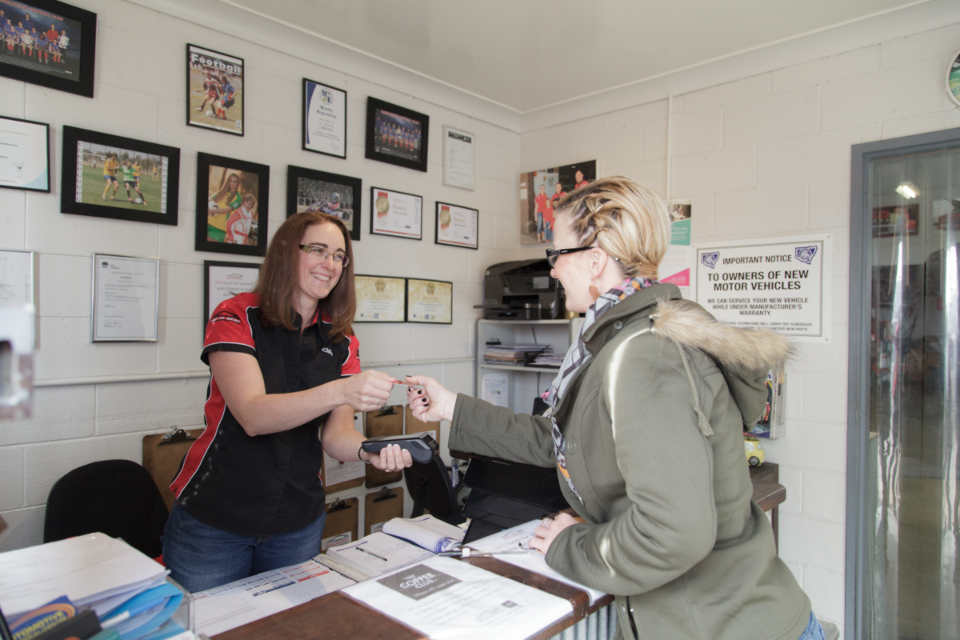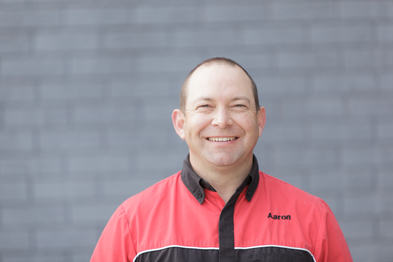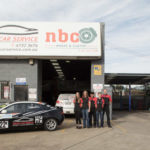
The Truth About New Car Servicing: Know Your Rights, Save Money
Many new car owners worry that going anywhere other than the dealership will void their warranty. But here’s the truth: there’s no legal obligation to service your car at a dealer.
According to the Australian Competition and Consumer Commission(ACCC), independent workshops like Angus Car Service are just as eligible to carry out your new car servicing, without voiding your warranty. As long as the work meets manufacturer standards, your consumer rights are fully protected. It’s time to put this costly myth to rest.
What The Law Really Says About Your Warranty
Many Australians are surprised to learn that warranty conditions must align with the Australian Consumer Law (ACL), found in Schedule 2 of the Competition and Consumer Act 2010 (Cth). This law protects consumers beyond any manufacturer’s warranty, offering what’s known as consumer guarantees. These guarantees ensure that your vehicle must be of acceptable quality, safe and fit for purpose, whether you’re inside or outside the dealership.
The law does not require that your car be serviced by a dealership. However, the ACCC guidance states that a business performing the service must follow the manufacturer’s instructions, use high-quality parts and employ qualified staff.
For example, if your engine fails shortly after the manufacturer’s warranty ends, you may still be covered under the ACL if the failure occurred earlier than reasonably expected for a car in that price range and usage.
Your rights don’t vanish with the expiry date. They’re based on fairness, not fine print.
However, it’s important to note that some extended warranties may have specific terms and conditions that require servicing to be done at a dealership to remain valid. It’s crucial to review your extended warranty terms to see if there are any such restrictions.
Yes, We Can Stamp Your Logbook
Some logbooks state that only “authorised dealers” can validate service history. That wording is misleading.
The ACCC has made it clear: any licensed, qualified repairer can sign and stamp your logbook without affecting your warranty. At Angus Car Service, we follow the exact servicing schedule laid out by manufacturers. We use only quality parts and approved fluids, so your vehicle’s performance and your paperwork remain in top shape.
What Counts As ‘Manufacturer Standard’ Servicing?
To retain your warranty, servicing must meet four key criteria. Your mechanic must:
- Use reputable spare parts
- Follow the factory service schedule
- Have properly qualified staff
- Use fluids that meet vehicle specifications
The ACL sets the overarching requirement that goods and services (including car servicing) must be of acceptable quality and fit for purpose. The ACCC interprets this to mean that servicing must be done according to manufacturer standards using suitable parts and qualified people.
These expectations have been widely adopted and reinforced by trade organisations like the Australian Automotive Aftermarket Association (AAAA).
At Angus Car Service, we meet all of these and exceed them. Our experienced team brings more than 30 years of know-how to every vehicle. That’s why so many locals in Penrith trust us.
Servicing Right = Stronger Resale Value
A properly serviced vehicle retains more value. Buyers are far more confident when they see a full service history from a reputable workshop. In fact, a survey found that nearly 50% of Australians wrongly believe dealer servicing is mandatory for warranty protection, making your logbook from Angus Car Service a smart selling point. When it’s stamped by a name buyers trust, that’s real value.
Book your new car service at Angus Car Service today. Need more info? Contact us – we’re here to help!







